Of the NFL press releases and weekly game books prepared by teams for the media, virtually all include a "How the Team was Built" element.
This is generally in the form of a chart, showing year by year acquisitions that make up the current roster and whether each player was a draftee, free agent or trade acquisition.
The Pittsburgh Steelers have that too, but it does not really tell the whole story of the franchise.
Take a time machine through Broncos history with these photos of Denver's games against the Steelers.
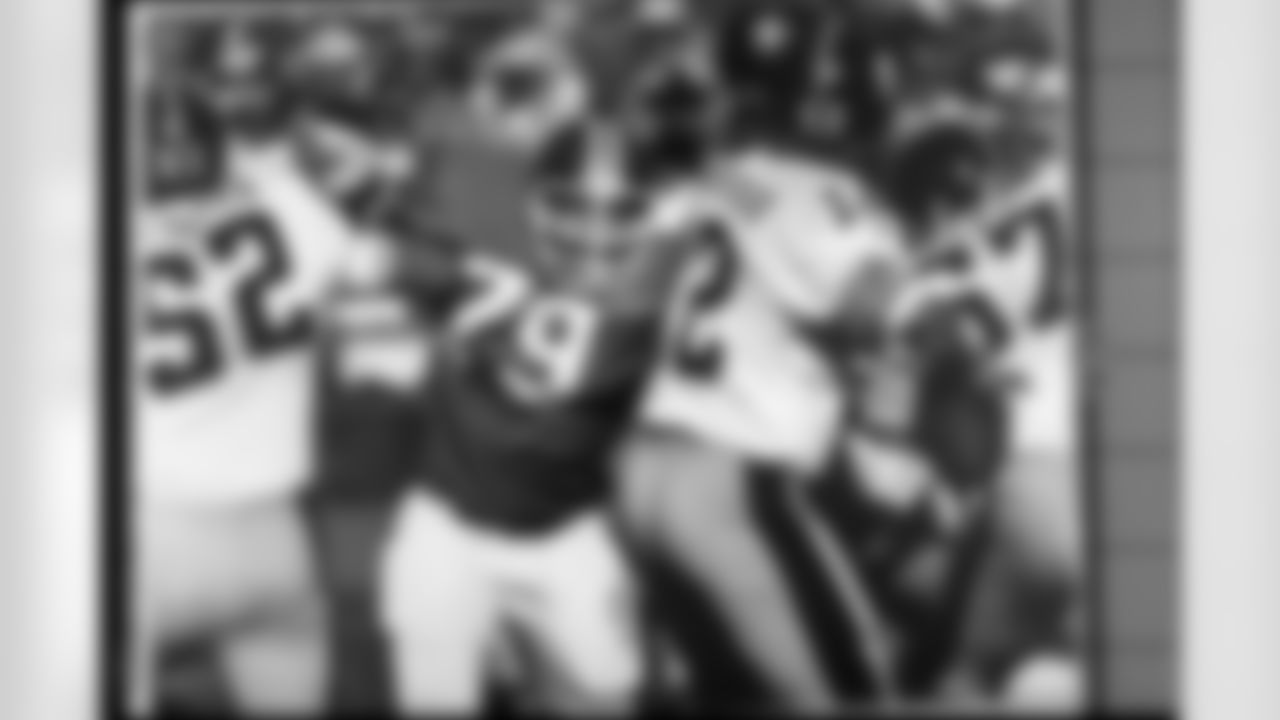
Defensive end Barney Chavous rushes Pittsburgh Steelers quarterback Terry Bradshaw during a game at Mile High Stadium.
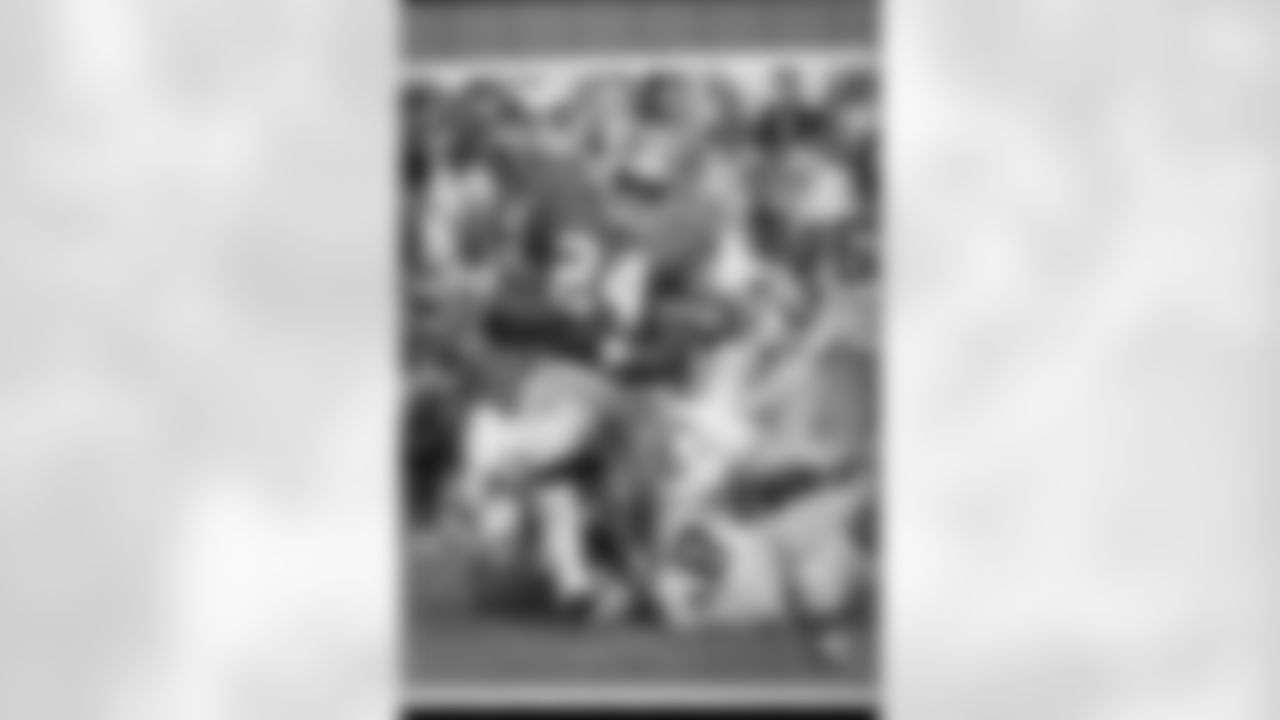
Running back Otis Armstrong runs over some Pittsburgh Steeler tacklers in a September 22, 1974 tie (35-35) at Mile High Stadium.
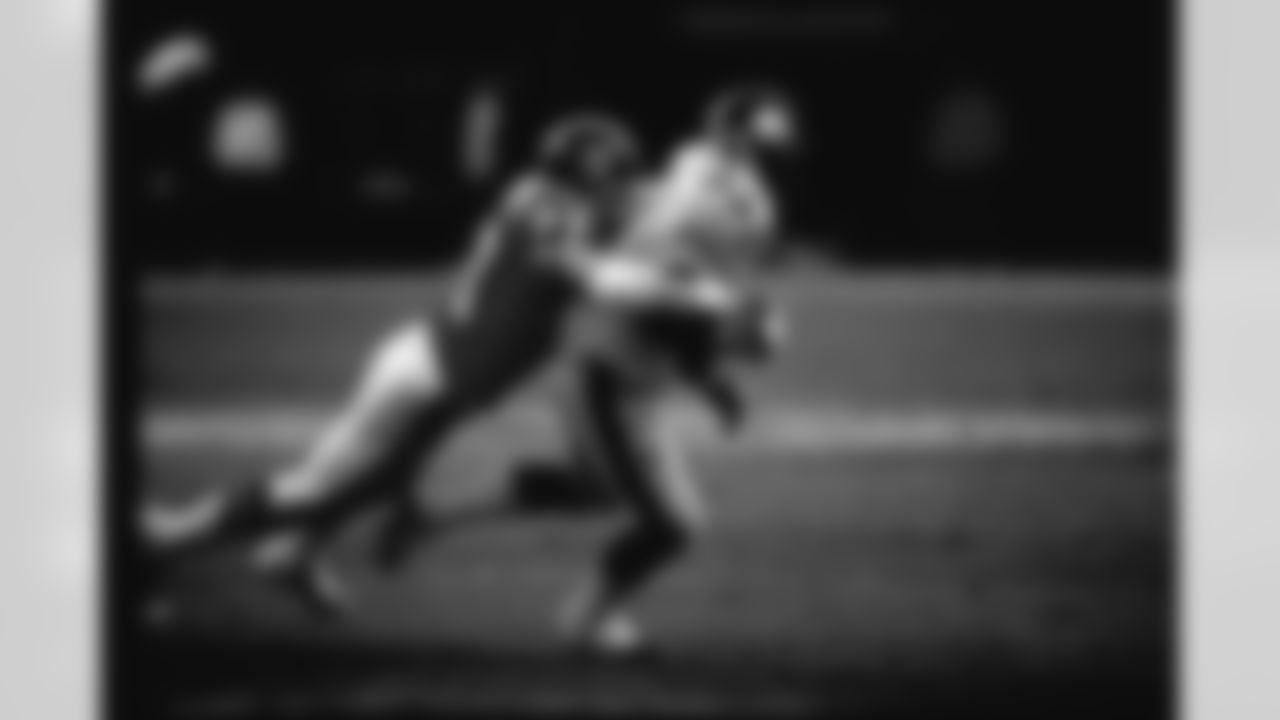
Linebacker Karl Mecklenburg tackles a Steelers ball carrier during a January 7, 1990 playoff win (24-23) over Pittsburgh at Mile High Stadium.
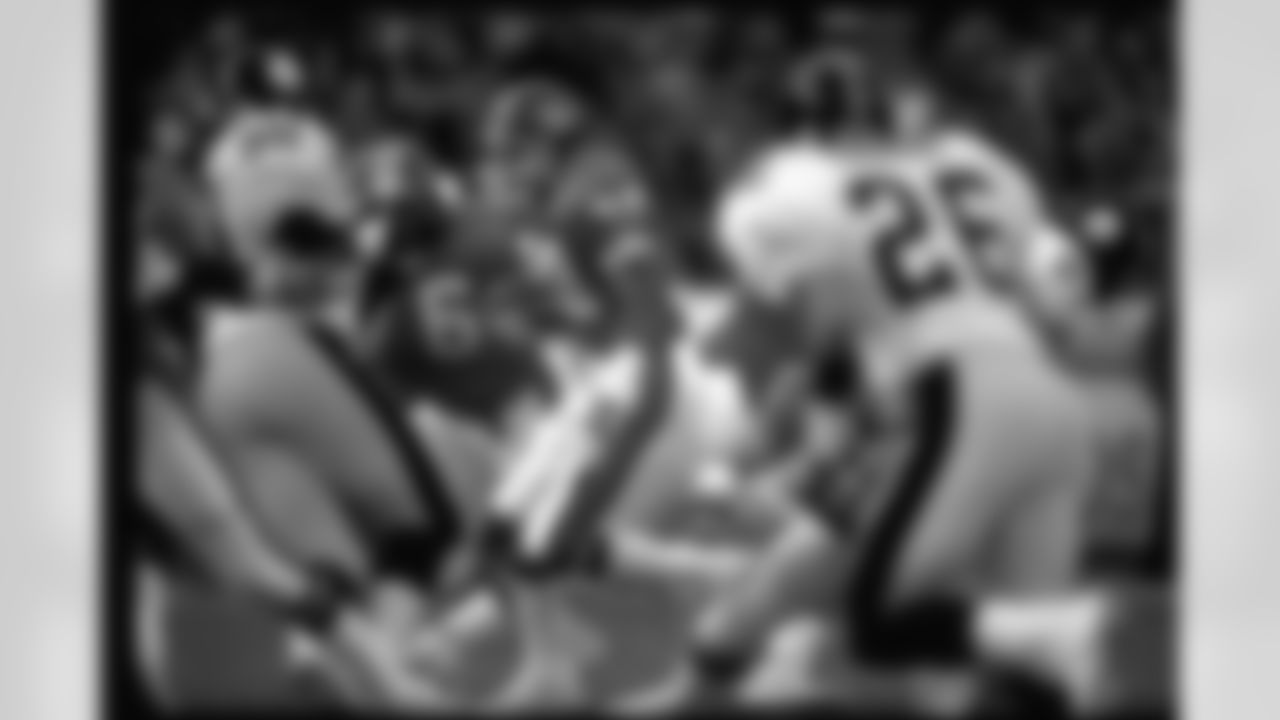
Running back Steve Sewell runs the ball during a game against the Pittsburgh Steelers.
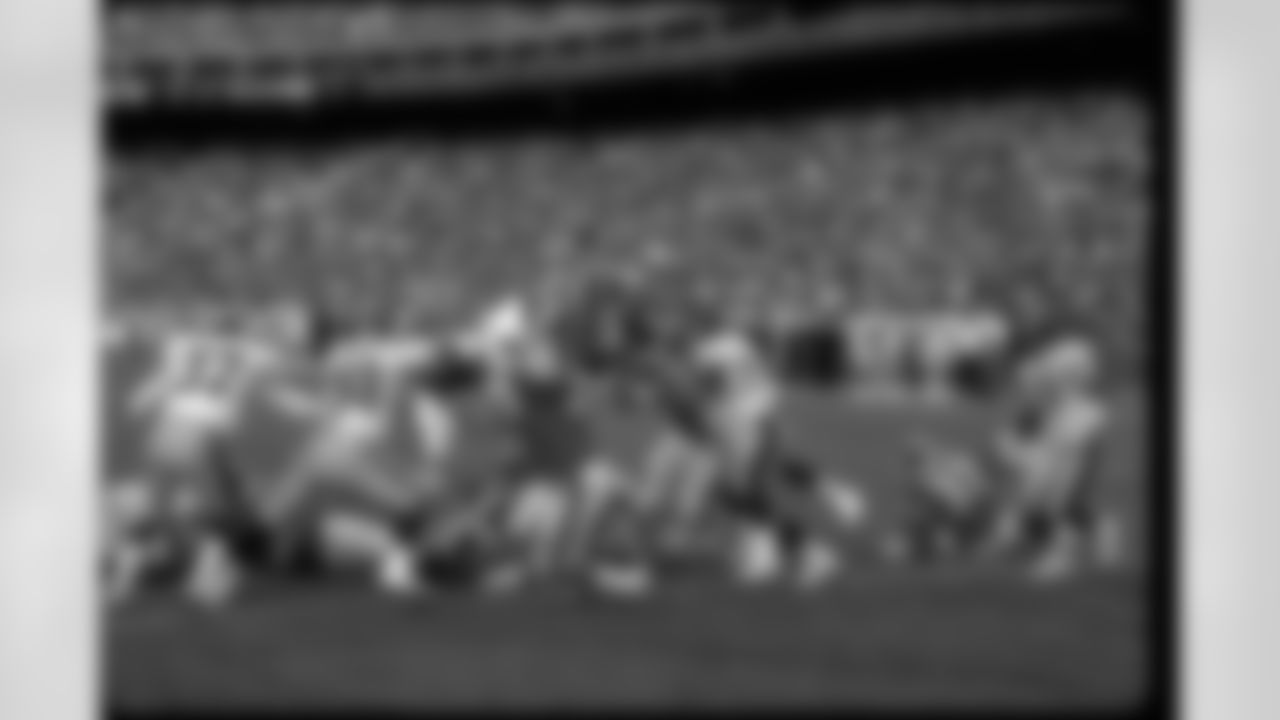
Running back Robert Delpino dives into the end zone during a November 21, 1993 win (37-13) against the Steelers.
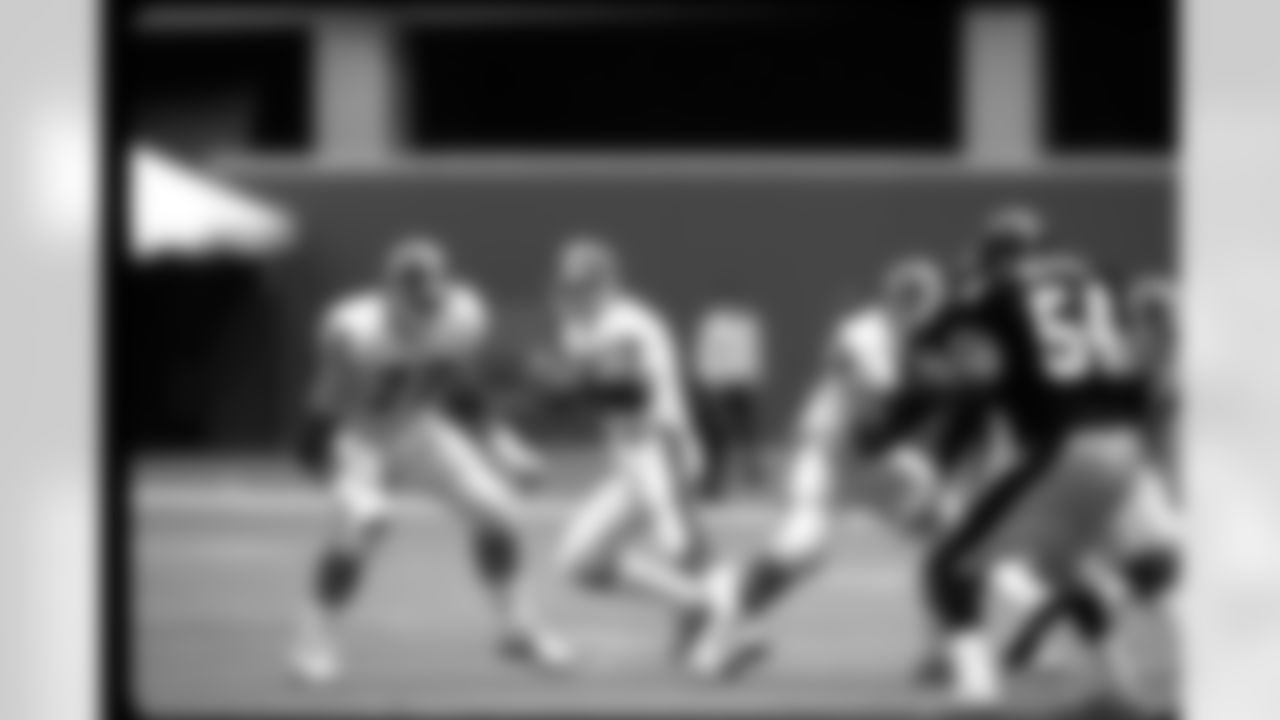
Center Keith Kartz and receiver Ricky Nattiel block Steeler blitzers as quarterback Gary Kubiak drops back to pass during an October 23, 1988 loss (21-39) in Pittsburgh.
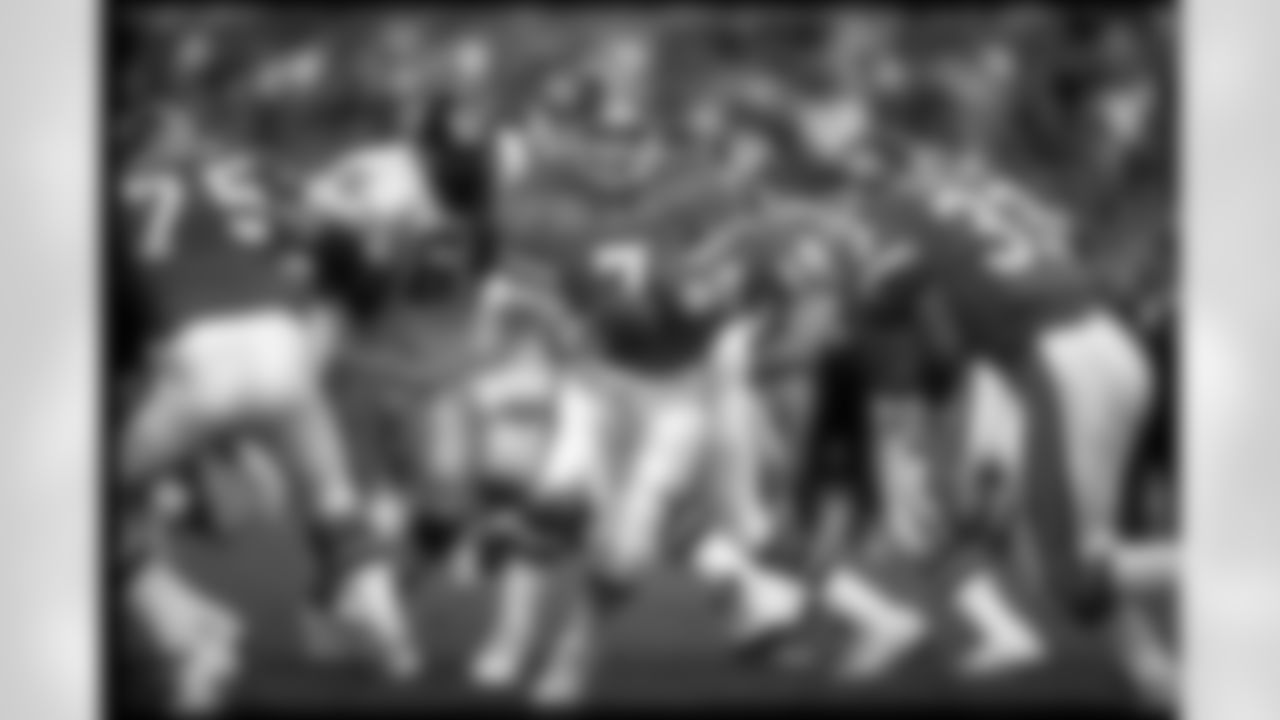
John Elway hands off during the game against the Pittsburgh Steelers November 21, 1993.
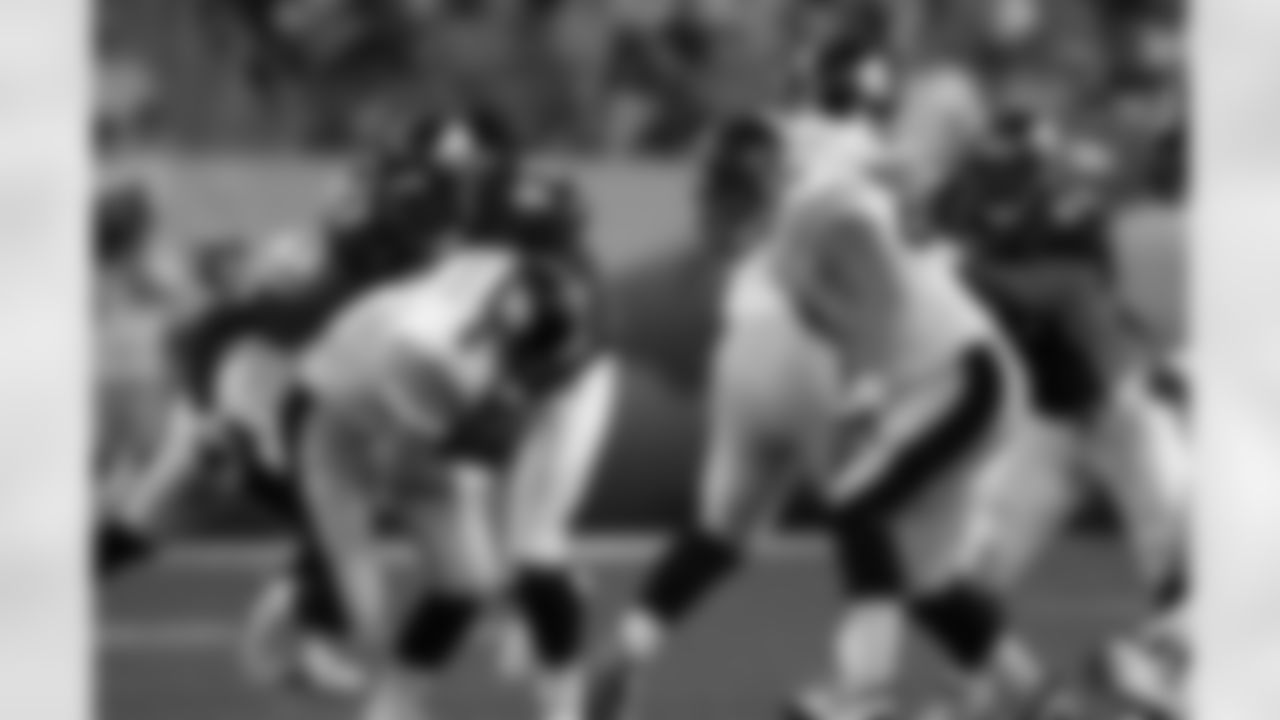
Trevor Pryce sacks Tommy Maddox against the Pittsburgh Steelers at Invesco Field at Mile High in Denver, CO on October 12, 2003.
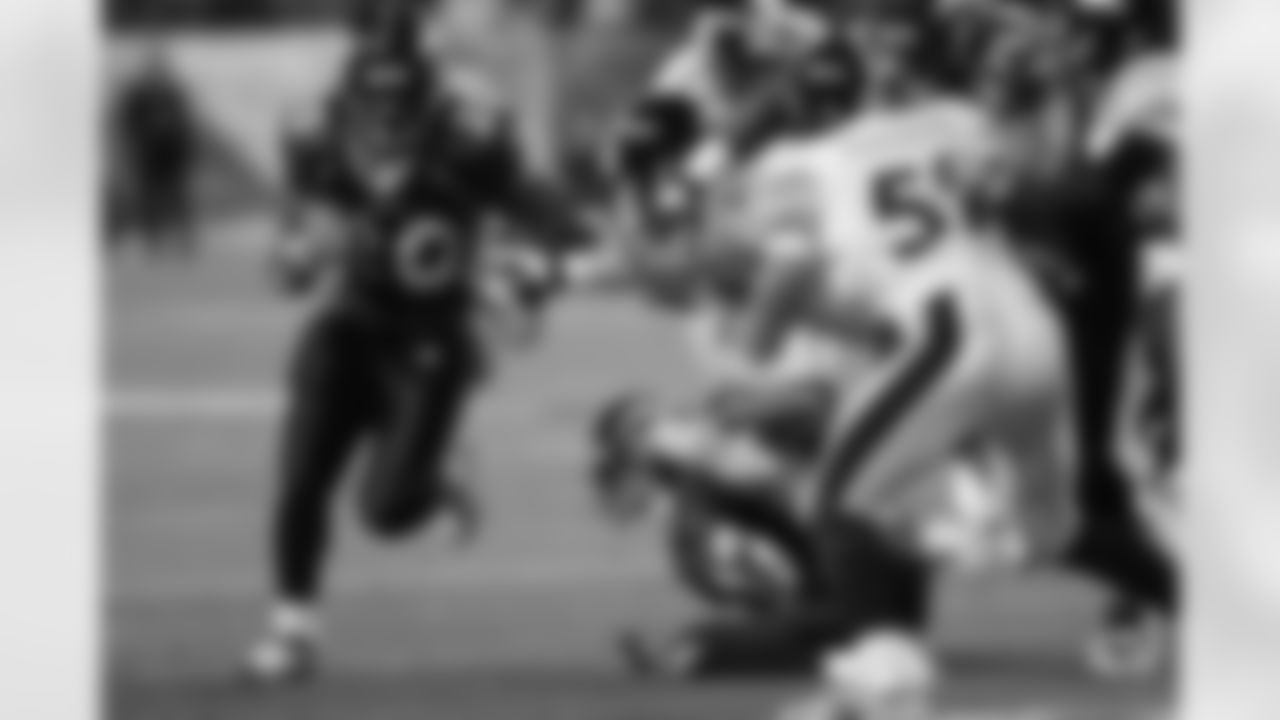
Travis Henry tries to turn the corner as Steelers defenders close in during a 2007 game.
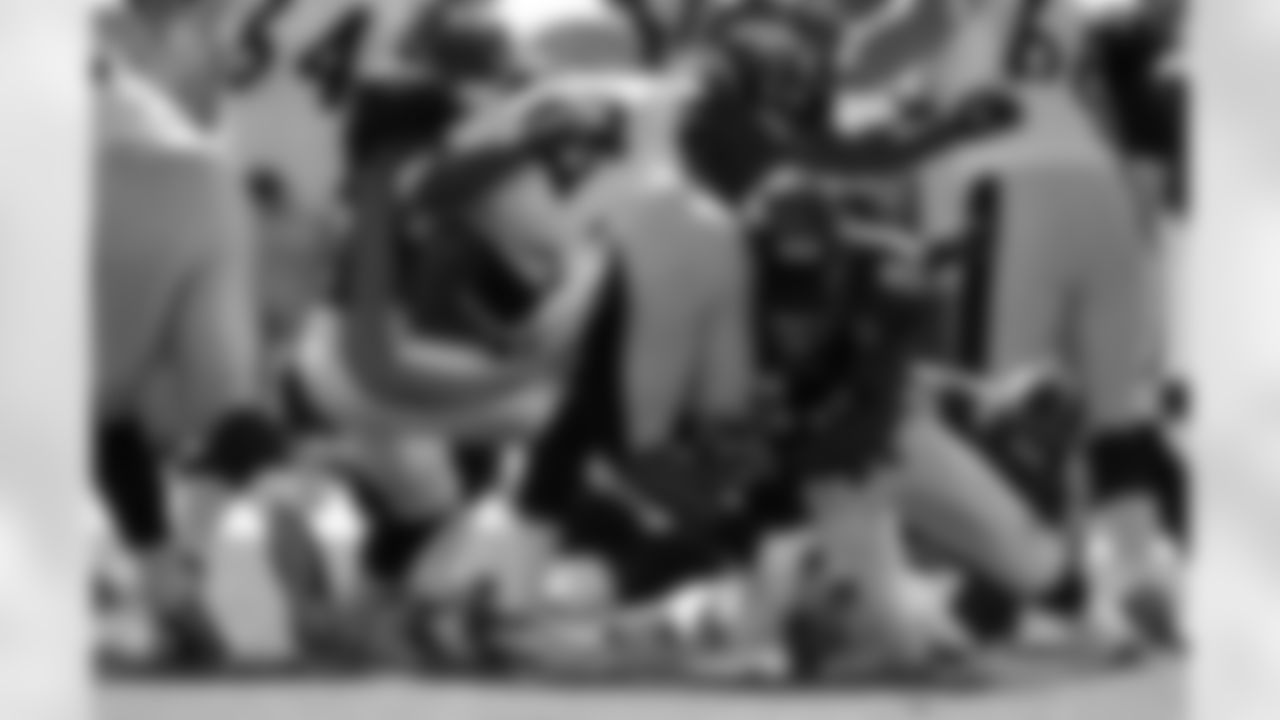
Sam Brandon and Al Wilson converge to stuff a Steelers ball carrier against the Pittsburgh Steelers at Invesco Field at Mile High in Denver, CO on October 12, 2003.
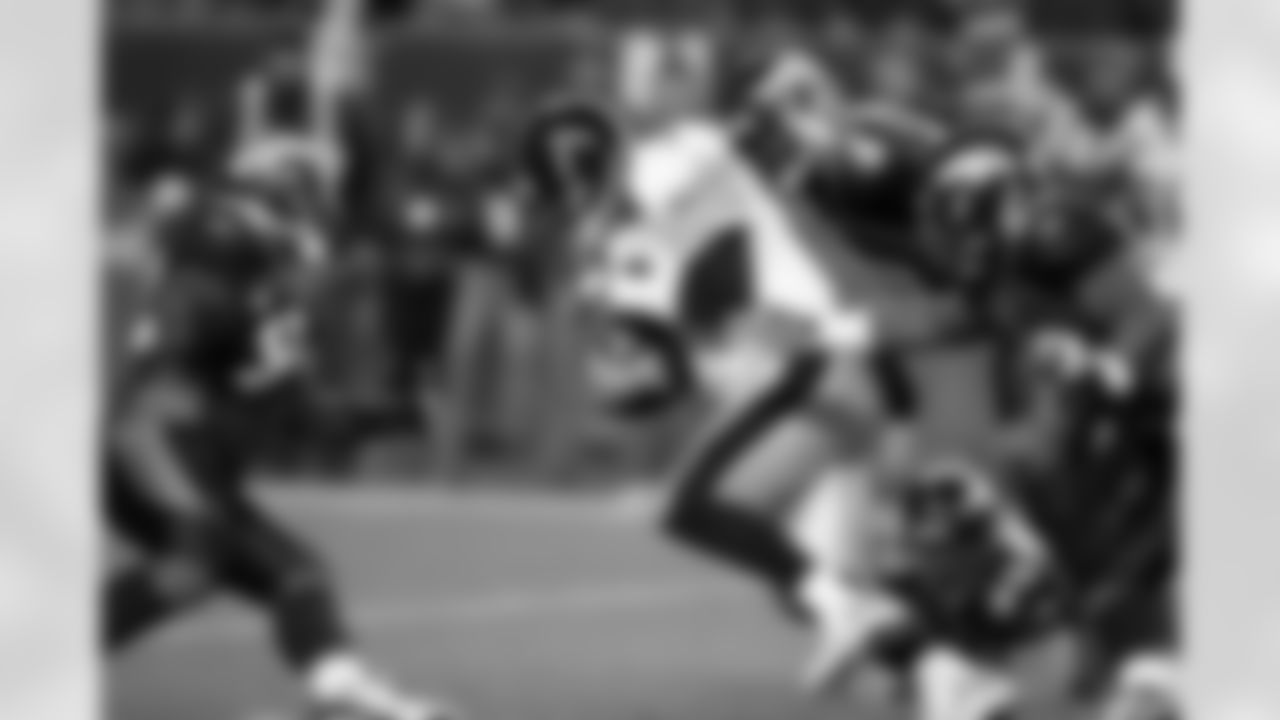
Pittsburgh Steeler quarterback Ben Roethlisberger is flushed out of the pocket by the Denver Broncos defense during a 2007 game.
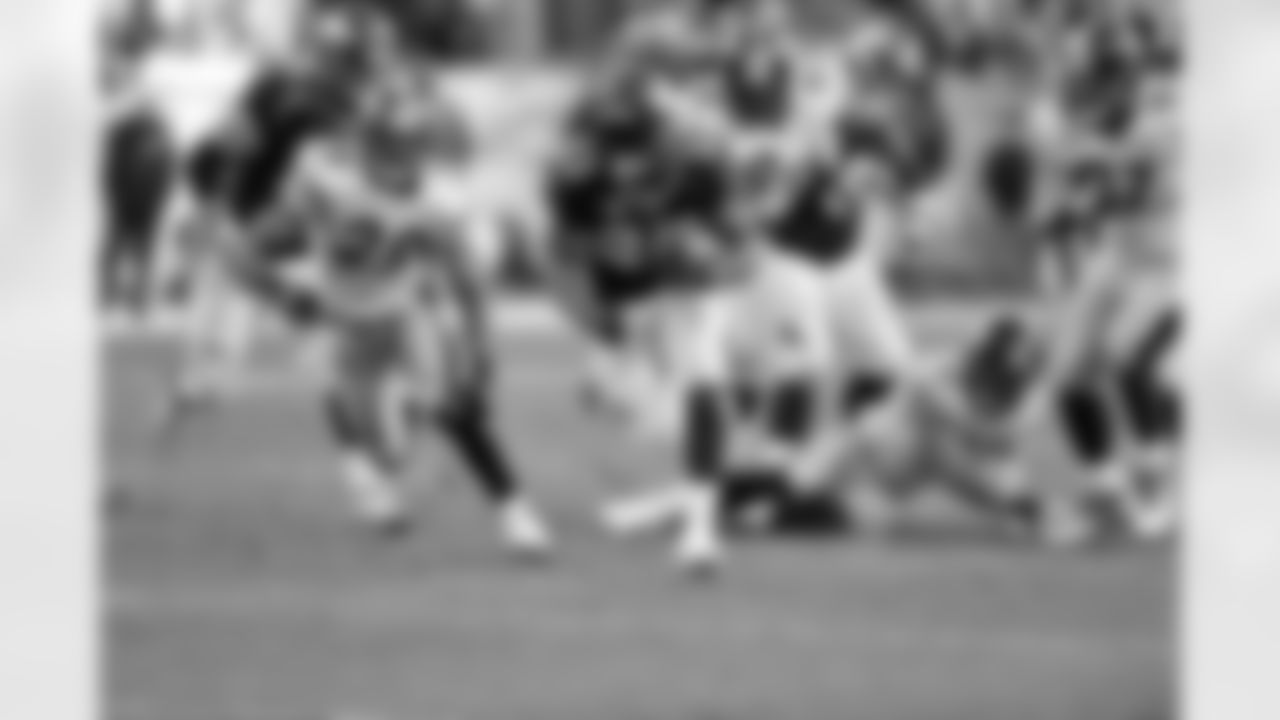
Denver Broncos Willis McGahee (23) carries for 6 yards in second quarter action in the NFL AFC wildcard playoff game against the Pittsburgh Steelers January 8, 2012 at Sports Authority Field at Mile High in Denver CO.
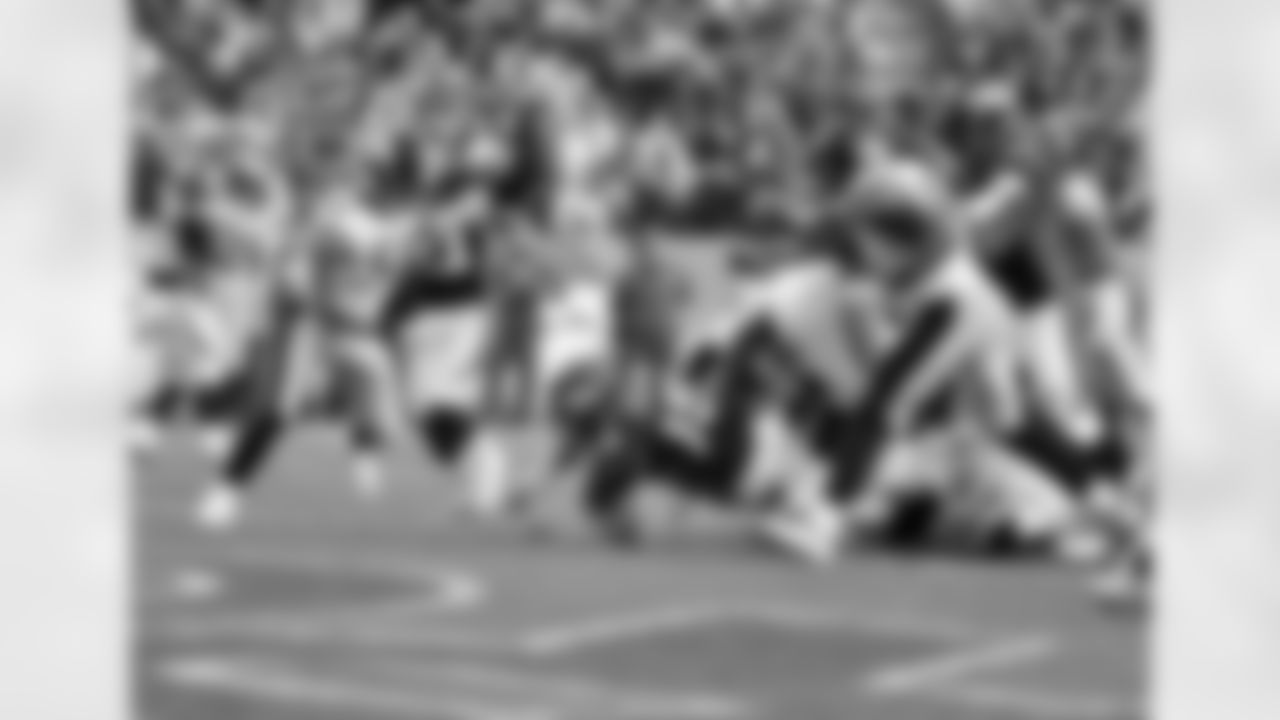
Denver Broncos Tim Tebow (15) dives in the end on an 8 yard carry for a touchdown in second quarter action in the NFL AFC wildcard playoff game against the Pittsburgh Steelers January 8, 2012 at Sports Authority Field at Mile High in Denver CO.
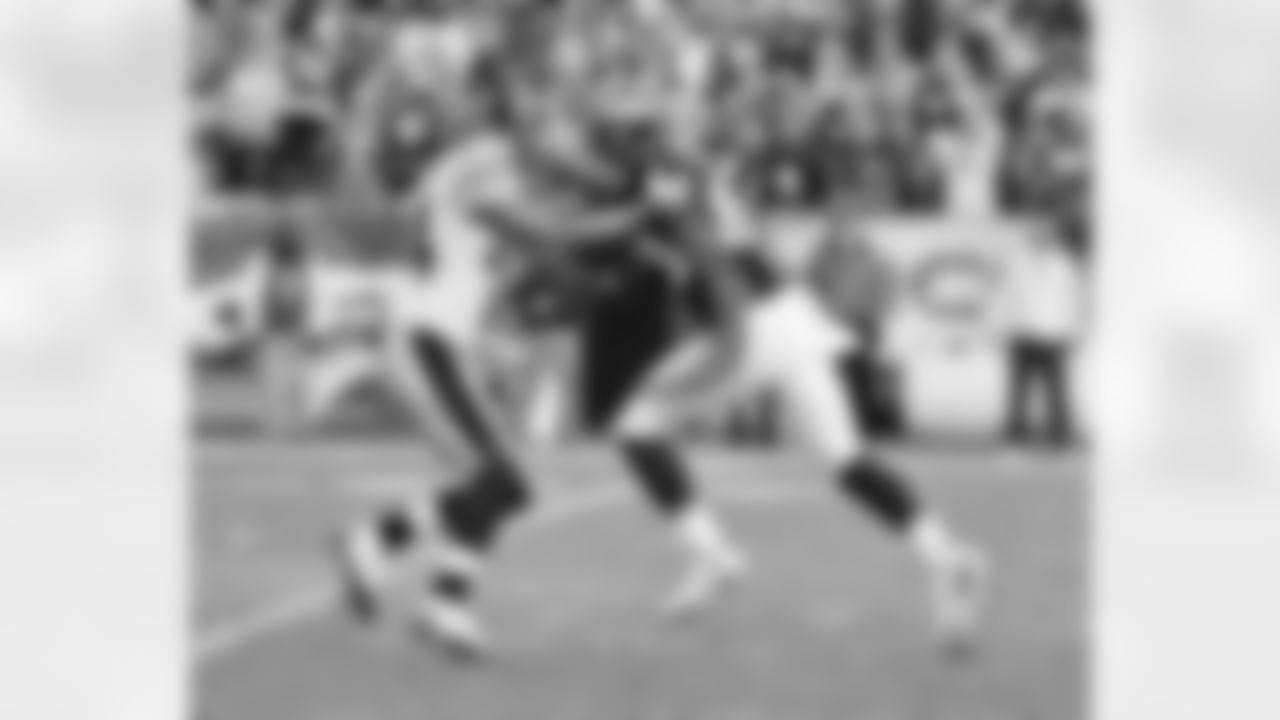
Denver Broncos Dermaryius Thomas (88)stiff arms Pittsburgh Steelers Ike Taylor (24) on a 58-yard reception in second quarter action in the NFL AFC wildcard playoff game against the Pittsburgh Steelers January 8, 2012 at Sports Authority Field at Mile High in Denver CO.

Denver Broncos Demaryius Thomas on a 80 yard catch and run for a touchdown to win the game during overtime against the Pittsburgh Steelers in the NFL AFC Wild Card Playoff game on January 8, 2012 at Sports Authority Field at Mile High in Denver, CO.
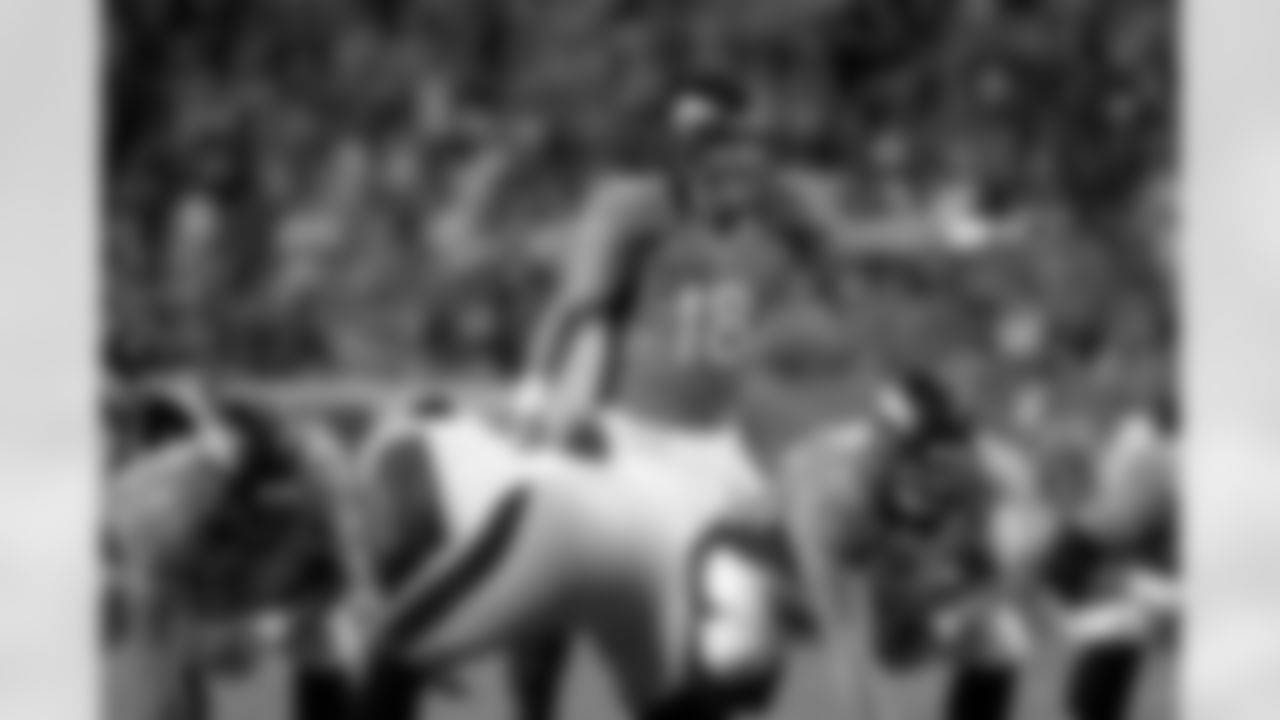
Denver Broncos quarterback Peyton Manning (18) prepares to take the snap during fourth quarter action against the Pittsburgh Steelers in the NFL game at Sports Authority Field in Denver, CO on September 9, 2012.
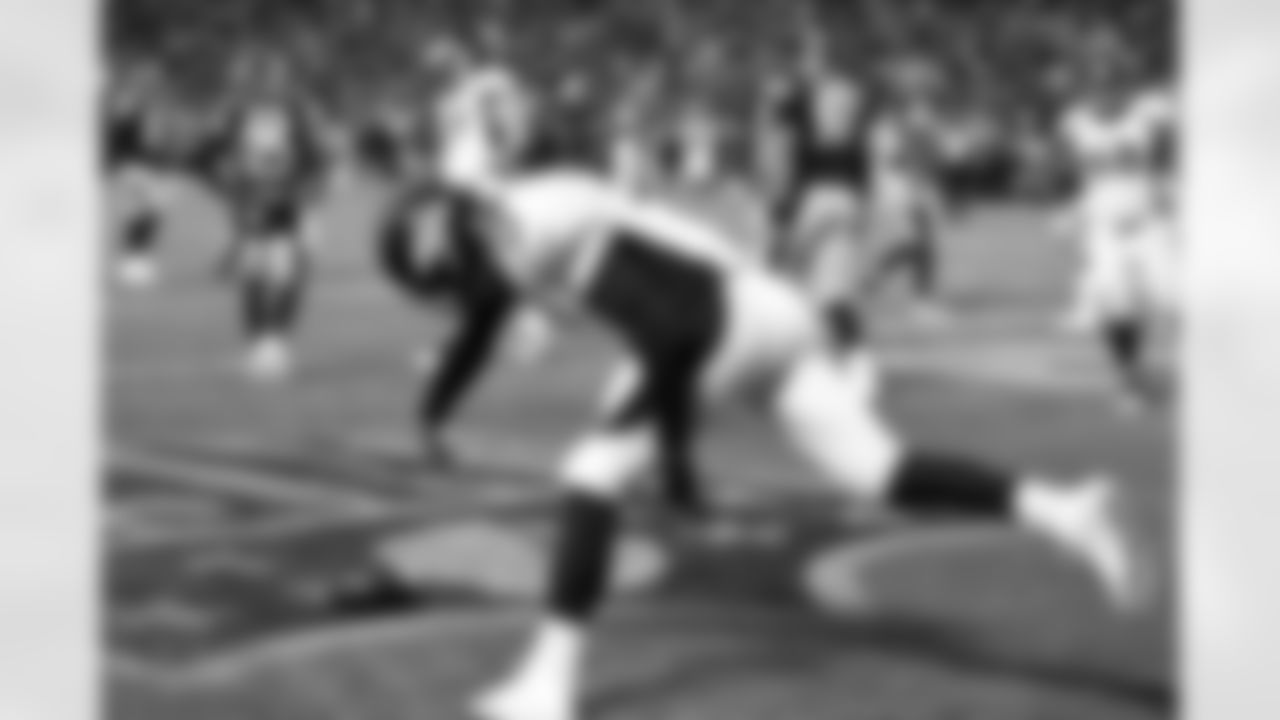
Denver Broncos quarterback Brock Osweiler (17) celebrates after running for a touchdown during the first half of an NFL football game in Pittsburgh, Sunday, Dec. 20, 2015.
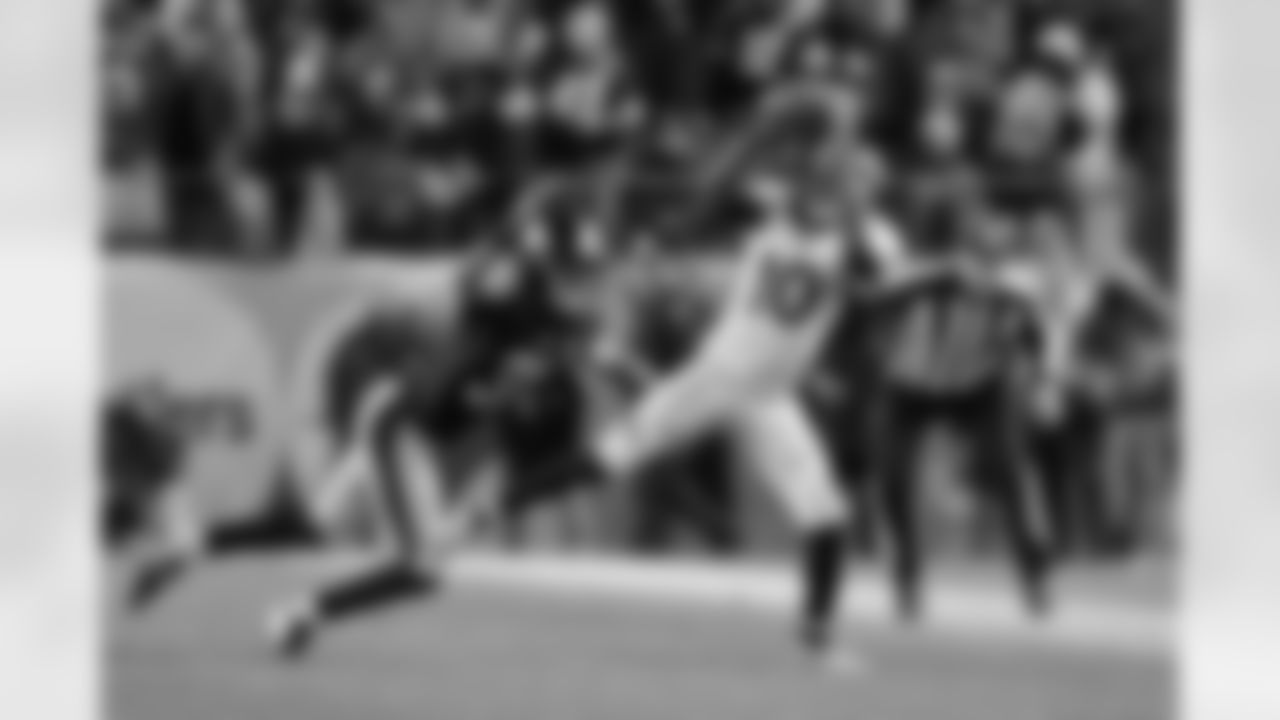
Denver Broncos wide receiver Emmanuel Sanders (10) hauls in a pass in front of Pittsburgh Steelers defensive back Ross Cockrell (31) during the second half of an NFL football game in Pittsburgh, Sunday, Dec. 20, 2015. The Steelers won 34-27.

Pittsburgh Steelers wide receiver Antonio Brown (84) runs during a week 15 NFL football game against the Denver Broncos, Sunday, December 20, 2015, in Pittsburgh. The Steelers won 34-27.
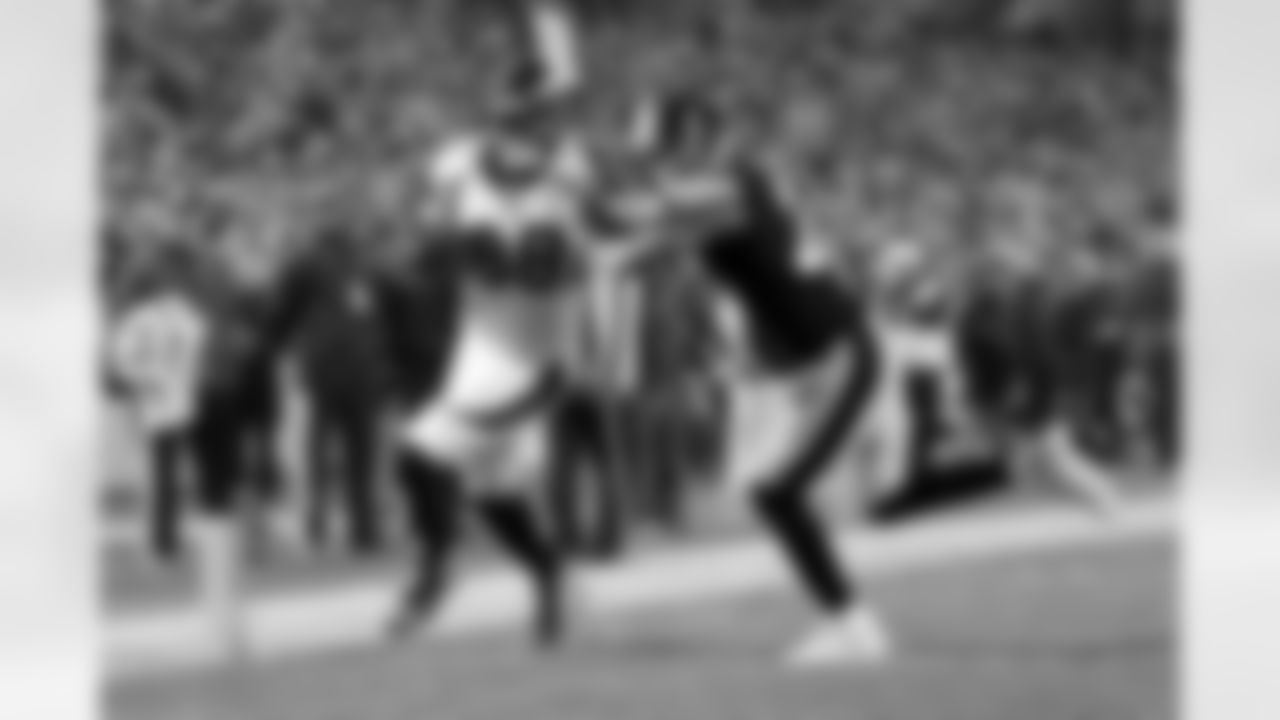
Denver Broncos wide receiver Demaryius Thomas (88) gets in to the end zone past Pittsburgh Steelers strong safety Will Allen (20) for a touchdown during the first half of an NFL football game in Pittsburgh, Sunday, Dec. 20, 2015.
It just tells us who comprise the Steelers today, which is nice.
They have a tough-guy championship image, and most fans think of that when Pittsburgh is mentioned, but it was not always that way.
The Pittsburgh Steelers were a team that did not win a single playoff game (in a lone playoff appearance during this time) from their inception in 1933 through 1971, a nearly 40-year trek through the nether regions of the NFL standings.
The Rooney family that owns the franchise today owned it then as well, and Mr. Art Rooney, the patriarch, was regarded as maybe the finest, nicest guy in the NFL and the owner of the most consistently awful team in football.
Then it all changed in a decade, and really in a five-year span that had its peak in 1974.
Interestingly, they came into the American Football Conference in 1970, coming off a terrible season in which they had tied the Chicago Bears for the worst record in football.
So they had a coin flip to see which franchise would get the number one draft choice, and it surprised just about everybody when the Steelers actually won something.
A coin flip.
That coin flip and resulting number one draft choice turned out to be Terry Bradshaw, quarterback from Louisiana Tech who had been tutored in college by former Broncos signal caller Mickey Slaughter.
They already had a new head coach in Chuck Noll, a no-nonsense hard case if ever there was one.
Bill Nunn was handling the scouting for the Steelers, along with Art Rooney Jr., and they had a period of success in player selection that has seldom, if ever, been matched in NFL annals.
By the end of the 1974 draft Pittsburgh had added six future Pro Football Hall of Fame players: wide receivers Lynn Swann and John Stallworth, fullback Franco Harris, middle linebacker Jack Lambert, center Mike Webster and center "Mean Joe" Greene.
And those guys joined two other future Hall of Famers, Bradshaw and Coach Noll.
Eight Hall of Famers were added to a team in a five-year span.
But they had role players as well, as Nunn and Rooney Jr. just kept adding guys.
Defensive linemen L.C. Greenwood and Ernie Holmes, running back John "Frenchy" Fuqua, running back Donnie Shell, defensive lineman Dwight White and linebacker Jack Ham, who was particularly popular to the Polish-American population of Pittsburgh, which regularly brought signs with Polish translations of "Ham" to the games.
By the end of the 1970s, every single player on the roster had been drafted by Pittsburgh or signed with them as a college free agent.
It was a completely homegrown team, and when they won four Super Bowls, there were 22 players on the roster for all four, all homegrown and setting a record of stability and continuity unheard of today.
And they have been building on that foundation ever since, but that is how the Steelers were built, back in the day.













